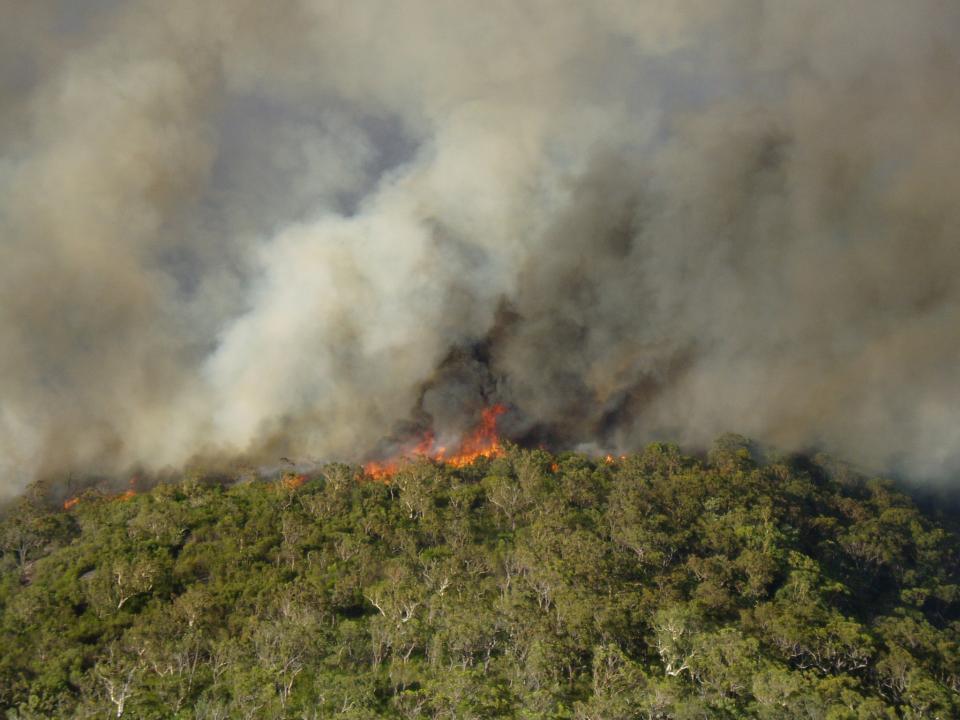
PUBLICATIONS
Published works

Meteorological drivers of extreme fire behaviour during the Waroona bushfire, Western Australia, January 2016
| Title | Meteorological drivers of extreme fire behaviour during the Waroona bushfire, Western Australia, January 2016 |
| Publication Type | Journal Article |
| Year of Publication | 2017 |
| Authors | Peace, M, McCaw, LW, Santos, B, Kepert, J, Burrows, ND, Fawcett, R |
| Journal | Journal of Southern Hemisphere Earth Systems Science |
| Volume | 67 |
| Issue | 2 |
| Start Page | 79 |
| Pagination | 79-106 |
| Date Published | 11/2017 |
| Abstract | The Waroona bushfire burnt 69,000 ha south of Perth in January 2016. During the first two days of the fire, there were two pyrocumulonimbus (pyroCb) events and two destructive evening fire runs. Over 160 homes were destroyed and there were two fatalities. This case study examines in detail the links between the meteorological observations and the fire behaviour reconstruction. The first pyroCb developed on Wednesday 6 January 2016, when the fire made an unexpectedly fast run in light prevailing winds. The pyroCb produced lightning strikes that ignited a new fire downwind of the main head fire. A second pyroCb developed on Thursday morning, against normal diurnal thunderstorm trends. Similar to the previous evening, the fire spread faster than expected, given the near-surface meteorological conditions. On both evenings there were destructive ember storms over the towns of Waroona (Wednesday) and Yarloop (Thursday). Examination of the meteorological observations has linked these ember showers to the onset of downslope winds, locally known as 'scarp winds'. As downslope winds are associated with strong localised turbulence, they provide a mechanism for transport of large numbers of firebrands. The periods of extreme fire behaviour at Waroona were against normal diurnal expectations and did not coincide with the highest observed Fire Danger Index (FDI) values, which occurred at around 1600 LT. This study links both pyroCb events to accelerated fire spread, which presents a hazard to firefighters that is not accounted for in traditional, surface based methods of fire prediction. Downslope winds similar to those that impacted the Waroona fire occur at many locations. They provide a highly localised mechanism for destructive evening ember showers. This investigation into the Waroona fire describes the potential impacts of fireatmosphere feedback processes. Consequently, it highlights the need for predictive methods and tools that anticipate fire behaviour which is not steady-state. Planned simulations using a coupled fire-atmosphere model will allow further insights into features of this case study. |
| URL | http://www.bom.gov.au/jshess/docs/2017/Peace.pdf |
| DOI | 10.22499/3.6702.002 |
| Refereed Designation | Refereed |
| Full Text |
Published Works


